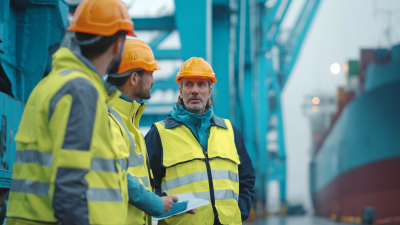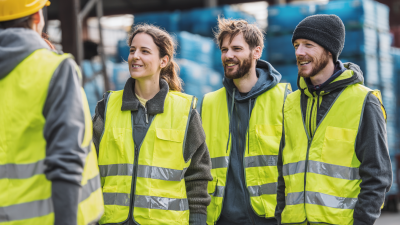In today's fast-paced work environment, ensuring maximum safety and visibility is paramount, particularly in industries such as construction, transportation, and emergency services. The right Hi Vis Vest is more than just a clothing accessory; it serves as a critical element in reducing workplace accidents and improving overall safety outcomes. According to a report by the Bureau of Labor Statistics, high-visibility apparel is vital for preventing accidents, as about 20% of workplace injuries occur due to lack of visibility. Furthermore, a study published in the International Journal of Occupational Safety and Ergonomics highlights that workers wearing appropriate high-visibility gear are 70% less likely to be involved in accidents related to moving vehicles. Choosing the right Hi Vis Vest not only enhances personal safety but also fosters a culture of proactive risk management within organizations.
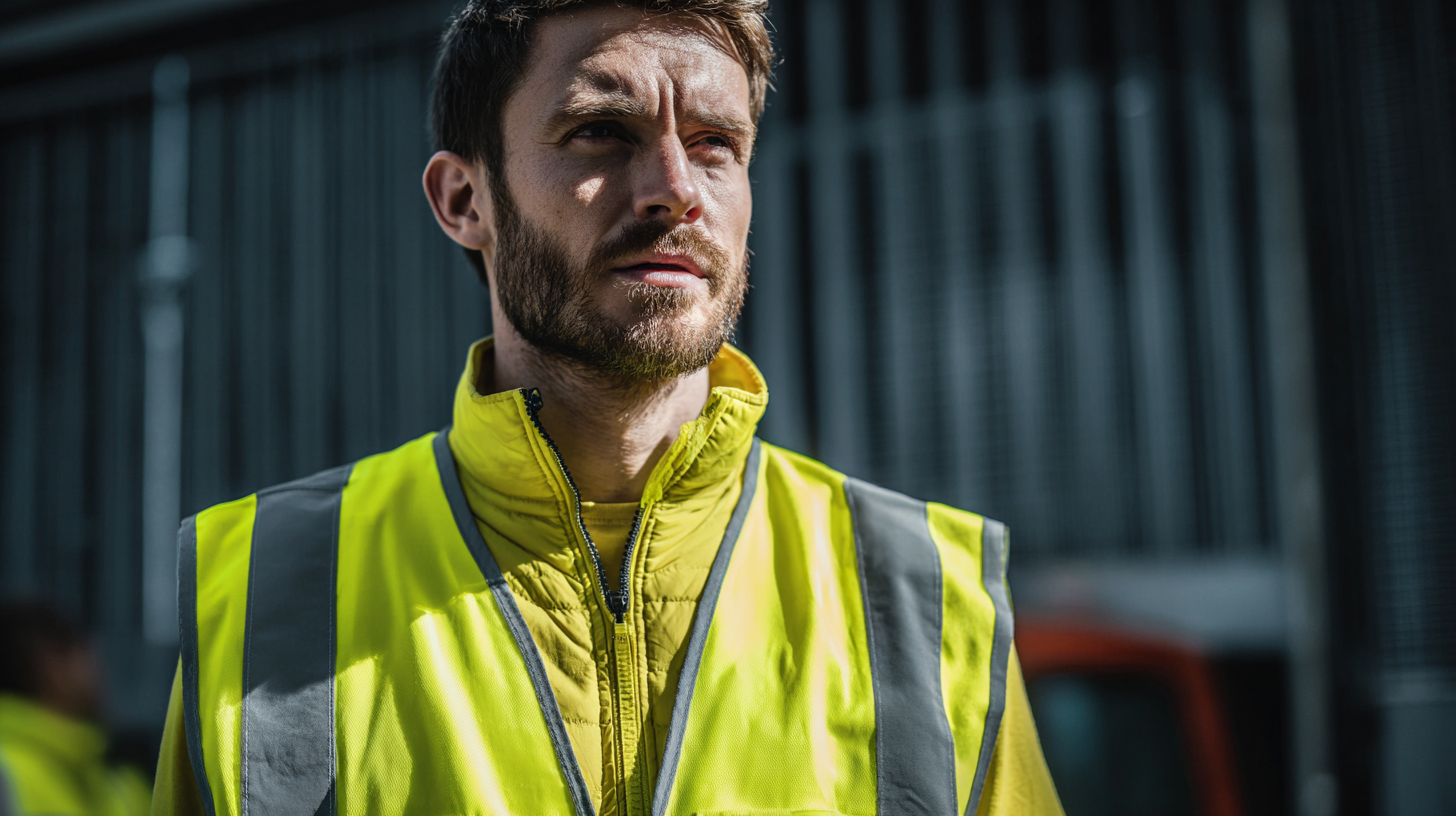
Hi Vis vests play a crucial role in ensuring occupational safety across various industries. According to the Occupational Safety and Health Administration (OSHA), high-visibility clothing is essential in environments where workers are exposed to moving vehicles and machinery. The effectiveness of these vests is backed by data from the Bureau of Labor Statistics, which highlights that approximately 70,000 pedestrian injuries occur annually in work zones. This underscores the need for ensuring visibility to prevent accidents and enhance overall safety.
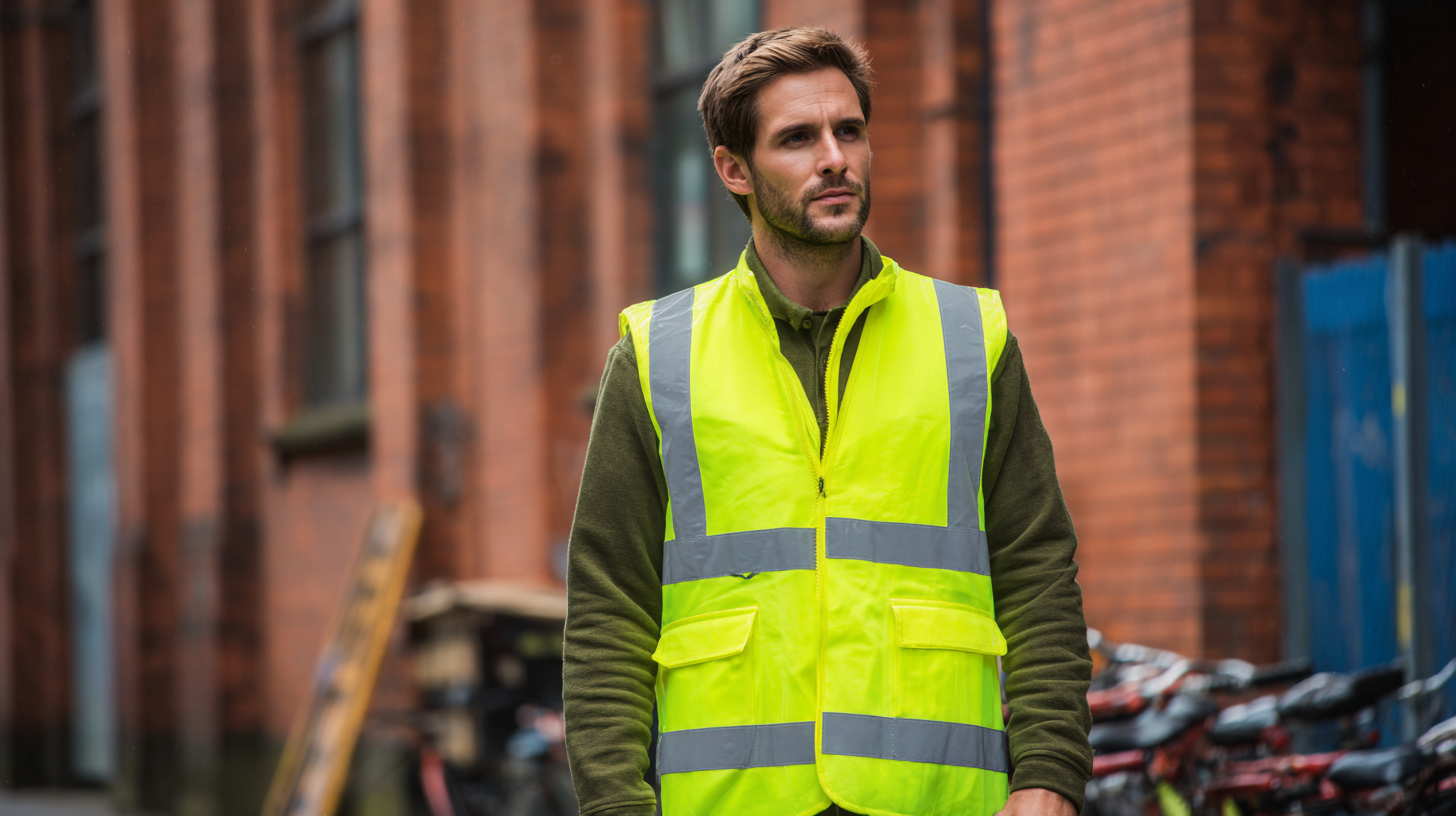
When selecting the right Hi Vis vest, it’s important to consider the standards set by ANSI/ISEA 107, which categorizes vests into three classes based on their visibility levels. Class 1 vests are suitable for low-risk environments, while Class 3 vests offer the highest visibility for workers in high-risk situations. A study by the Center for Disease Control and Prevention (CDC) reports that the use of appropriate Hi Vis clothing can reduce the likelihood of accident-related injuries by up to 30%. Thus, when choosing a vest, ensuring compliance with safety standards can significantly enhance workers' safety and visibility in hazardous environments.
When selecting a hi vis vest, it's critical to focus on key features that enhance both visibility and safety. According to the Bureau of Labor Statistics, high-visibility clothing can reduce the risk of accidents significantly—up to 42% in certain work environments. A vest that meets ANSI/ISEA 107 standards ensures compliance with safety regulations and provides a basic level of protection. Look for vests made from fluorescent colors such as yellow, orange, or pink, which are proven effective in daylight conditions.
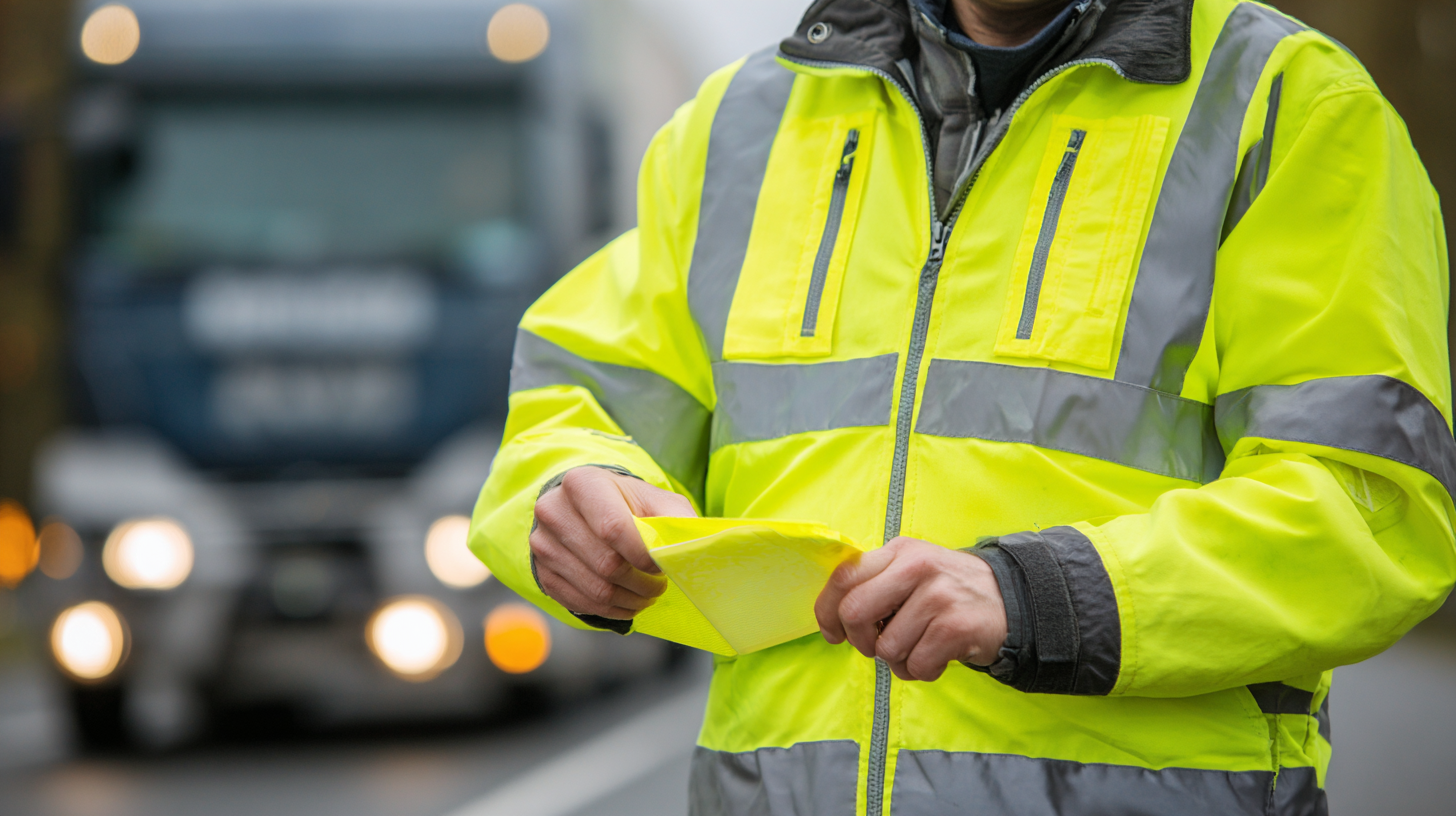
Additionally, reflective materials play a pivotal role in visibility during low-light situations. Vests should ideally incorporate wide, retroreflective strips positioned both horizontally and vertically, allowing for visibility at various angles. A study by the American National Standards Institute indicates that increasing the reflective surface area on safety vests can enhance visibility by 80% in complex environments.
When selecting a high-visibility (hi vis) vest, understanding the types of reflective materials is crucial for ensuring optimal safety and visibility. Reflective materials generally come in two types: retroreflective and fluorescent. Retroreflective materials, which are often made with glass beads or prism-like structures, reflect light back toward its source. This type is particularly effective in low-light conditions, making it ideal for nighttime work environments. Fluorescent materials, on the other hand, are designed to absorb sunlight and emit a bright color, making them highly visible during the day. A combination of both types provides the highest level of safety.
**Tips:** When choosing a vest, look for a combination of retroreflective tape and fluorescent fabric for maximum visibility. Ensure that the vest fits comfortably over your clothing, as a snug fit can increase your range of motion and reduce fabric flapping, enhancing safety. Additionally, consider the environment in which you will be using the vest; for instance, workers on construction sites may require vests with higher levels of reflective material compared to those working in daylight-only conditions.
In addition to material type, pay attention to the vest's design features. Large reflective panels covering both the front and back of the vest will significantly boost visibility from multiple angles. Features such as added hi vis colors, 360-degree reflectivity, and pockets for safety equipment can also enhance the overall utility and safety of the vest in various working conditions.
When selecting a high-visibility vest, color contrast plays a pivotal role in ensuring maximum safety and visibility in various environments. Bright, fluorescent colors such as neon yellow, orange, and green are commonly used because they stand out against both natural and urban backdrops. For instance, a neon yellow vest worn in a forested area might blend in with the foliage, reducing visibility. Conversely, the same vest in a bustling cityscape can create a stark contrast against gray concrete, enhancing visibility for oncoming traffic and bystanders.
Moreover, the effectiveness of color contrast is influenced by the lighting conditions and weather variations. During daylight, vests with lighter shades can be more visible, while in low-light or night conditions, reflective materials become critical. For example, a vest featuring retroreflective strips combined with vibrant colors can significantly increase a worker's visibility to drivers, especially during dusk or inclement weather. It's essential to consider these factors, as optimal color contrast not only supports safety but also minimizes the risk of accidents in environments where awareness is crucial.
When selecting a hi vis vest for maximum safety and visibility, it's crucial to prioritize fit and comfort, especially for prolonged use. A vest that is too tight can impede movement and cause discomfort, while one that is too loose may not provide the intended visibility or might get caught in machinery. Ensure that the vest allows for a full range of motion, particularly at the shoulders and arms, as this is essential for workers who need to perform various tasks throughout the day.
Additionally, consider the materials and design of the vest. Look for breathable fabrics that wick moisture away from the body to enhance comfort during extended wear. Features such as adjustable straps and reflective stripes can further elevate both fit and safety. A vest that accommodates layering without bulk is ideal for fluctuating temperatures, allowing workers to maintain comfort without sacrificing visibility. By focusing on these factors, you can select a hi vis vest that not only meets safety standards but also supports the wearer's well-being and productivity.
| Feature | Description | Importance | Recommendations |
|---|---|---|---|
| Material | Durable and breathable fabrics for comfort and longevity. | High | Choose polyester or nylon blends. |
| Visibility Level | Ensures wearer is seen in low light or bad weather conditions. | Critical | Look for vests meeting ANSI standards. |
| Fit | Proper fit ensures comfort and mobility. | High | Select size based on measurements and for layering options. |
| Comfort Features | Features like mesh panels or adjustable straps. | Medium | Consider options with moisture-wicking properties. |
| Pockets | Placement and size of pockets for tools and personal items. | Medium | Opt for vests with easy access pockets. |
| Reflective Strips | Enhances visibility in dark conditions. | Critical | Ensure compliance with reflective material standards. |
| Maintenance | Ease of washing and care instructions. | Medium | Select machine-washable options for convenience. |

